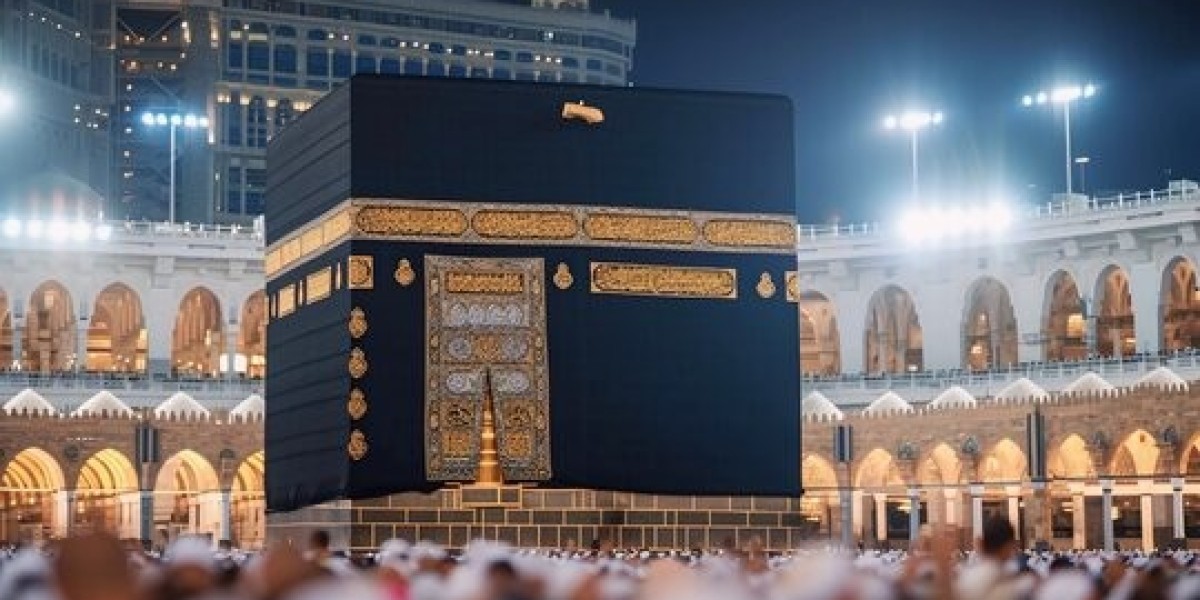Umrah is one of the most spiritually enriching journeys for Muslims worldwide. Yet, few pilgrims consider how the pilgrimage has transformed over centuries—from perilous desert routes to streamlined modern travel. Understanding the evolution of Umrah travel not only enriches your spiritual experience but also equips you to navigate modern logistical challenges effectively. This article explores the historical progression, technological advancements, and practical solutions for pilgrims today.
Ancient Umrah Routes: Courage and Devotion
Historically, Umrah journeys were arduous undertakings. Pilgrims traveled across deserts and mountains, often on foot or by camel caravans, facing extreme weather, scarce water supplies, and security threats. Despite the hardships, early Muslims persevered due to deep devotion and a sense of communal solidarity.
Challenges of Ancient Travel
- Distance and Duration: Pilgrims from regions like North Africa or Southeast Asia could spend months traveling to Makkah.
- Resource Scarcity: Food, water, and shelter were limited, requiring meticulous preparation.
- Safety Concerns: Bandits and tribal conflicts posed serious risks along ancient trade routes.
- Limited Guidance: Travelers relied on oral instructions and personal experience to navigate unfamiliar terrains.
These challenges fostered resilience and spiritual reflection, emphasizing the patience and determination required for pilgrimage in early Islamic history.
Caravan Networks and Trade Routes
By the medieval period, organized caravan routes transformed Umrah travel. Merchants and pilgrims shared paths, creating a network that linked Makkah with cities across the Islamic world, such as Damascus, Baghdad, and Cairo. These routes provided relative safety and ensured access to essential supplies.
- Caravanserais: Rest stops offering lodging, food, and water, allowing pilgrims to recover during long journeys.
- Guided Travel: Experienced guides familiar with desert terrain led caravans, reducing risks of getting lost.
- Religious Exchange: Caravan travel fostered cultural and theological exchange among pilgrims, reinforcing a sense of global Muslim community.
Despite improvements, these journeys still required months of planning and physical endurance, making Umrah a profound act of devotion.
Transition to Modern Travel
The evolution of Umrah travel accelerated in the 20th century. The advent of trains, ships, and later, airplanes, transformed the pilgrimage from months-long expeditions into a matter of days.
Key Milestones:
- Railways in the Hejaz: The Hejaz Railway, built in the early 1900s, allowed pilgrims from the Levant to reach Makkah more safely and quickly.
- Air Travel: Post-1950s, airlines connected distant countries directly to Jeddah, drastically reducing travel time for pilgrims from Southeast Asia, Africa, and Europe.
- Visa Regulations and Travel Agencies: Modern government oversight and the rise of Umrah packages simplified logistics, providing organized itineraries, accommodation, and transportation.
These advancements solved many historical problems while creating new expectations for comfort, safety, and efficiency.
How Modern Umrah Packages Solve Travel Challenges
Today, Umrah packages address common pilgrim challenges through comprehensive planning:
- Seamless Logistics: Packages coordinate flights, hotel stays, and transfers, reducing stress and minimizing delays.
- Guided Historical Tours: Knowledgeable guides explain the significance of key sites, linking rituals to history and enhancing the spiritual experience.
- Crowd Management: Seasonal Umrah packages optimize schedules to avoid peak congestion, improving accessibility to the Kaaba, Masjid al-Nabawi, and other sacred sites.
- Accessibility for Elderly and Families: Modern travel solutions include mobility aids, closer accommodation, and dedicated support services.
By addressing these practical challenges, modern Umrah travel allows pilgrims to focus on devotion, reflection, and spiritual growth.
Technological Innovations Enhancing Pilgrimage
The digital age has introduced solutions that further simplify Umrah travel:
- Mobile Apps for Navigation: Pilgrims can access maps, prayer times, and historical context at their fingertips.
- E-Visas: Many countries now offer electronic visas, reducing bureaucratic hurdles and processing times.
- Crowd Monitoring and Scheduling Apps: Real-time updates help pilgrims avoid overcrowded areas, ensuring a safer and smoother experience.
- Virtual Learning Platforms: Online courses and guides help pilgrims prepare by studying the Seerah, rituals, and historical sites in advance.
These innovations merge convenience with educational enrichment, reflecting a balance between modern efficiency and spiritual authenticity.
Preserving Tradition Amid Modern Convenience
Despite modern conveniences, pilgrims often face the dilemma of retaining traditional spirituality in a commercialized travel environment. Problem-solving strategies include:
- Structured Itineraries: Allocate time for reflection and prayer rather than rushing through rituals.
- Educational Integration: Engage with historical guides and digital resources to understand the context of each sacred site.
- Cultural Awareness: Respect local customs and the sanctity of Makkah and Madinah to maintain an authentic spiritual experience.
- Mindful Travel Practices: Focus on intentional worship, avoiding distractions from shopping, sightseeing, or technology.
By combining historical awareness with modern conveniences, pilgrims can experience a deeply meaningful Umrah journey.
Comparing Ancient and Modern Pilgrimage Experiences
The contrast between ancient and modern travel highlights both challenges and solutions:
Aspect | Ancient Travel | Modern Travel |
Duration | Months | Days |
Transportation | Foot, camel | Airplane, bus, taxi |
Safety | Risk of attacks and accidents | Regulated transport, crowd management |
Guidance | Oral and local guides | Professional guides, apps, e-books |
Comfort | Limited food, water, and lodging | Hotels, restaurants, organized meals |
Accessibility | Difficult for elderly or ill | Assisted services and mobility aids |
Understanding this evolution emphasizes the problem-solving innovations that enhance today’s pilgrimage without compromising its spiritual essence.
Practical Tips for Pilgrims in the Modern Era
To maximize the benefits of modern Umrah travel while staying connected to tradition:
- Choose a Reliable Umrah Package: Ensure it includes historical tours, convenient lodging, and transport.
- Plan in Advance: Secure flights, accommodations, and visa approvals early to reduce stress.
- Use Technology Wisely: Apps can guide rituals, manage schedules, and provide historical insights.
- Balance Rituals and Sightseeing: Allocate sufficient time for Tawaf, Sa’i, and reflection without over-scheduling.
- Engage with History: Visit Quba Mosque, Uhud, Masjid Qiblatain, and other sites to connect modern travel with the Prophet’s (PBUH) legacy.
By implementing these strategies, pilgrims can solve common problems while fully immersing themselves in the spiritual and historical journey.
Conclusion: Bridging Centuries Through Umrah
The journey of Umrah has transformed dramatically—from treacherous desert caravans to organized, comfortable travel packages. While modern innovations solve logistical problems and enhance accessibility, the core essence of devotion, reflection, and historical appreciation remains unchanged. By understanding the evolution of Umrah travel, pilgrims can approach their journey with awareness, preparation, and gratitude, bridging centuries of tradition with modern convenience.
From ancient routes to contemporary itineraries, Umrah is not just a pilgrimage—it is a timeless journey of faith, resilience, and spiritual discovery.








